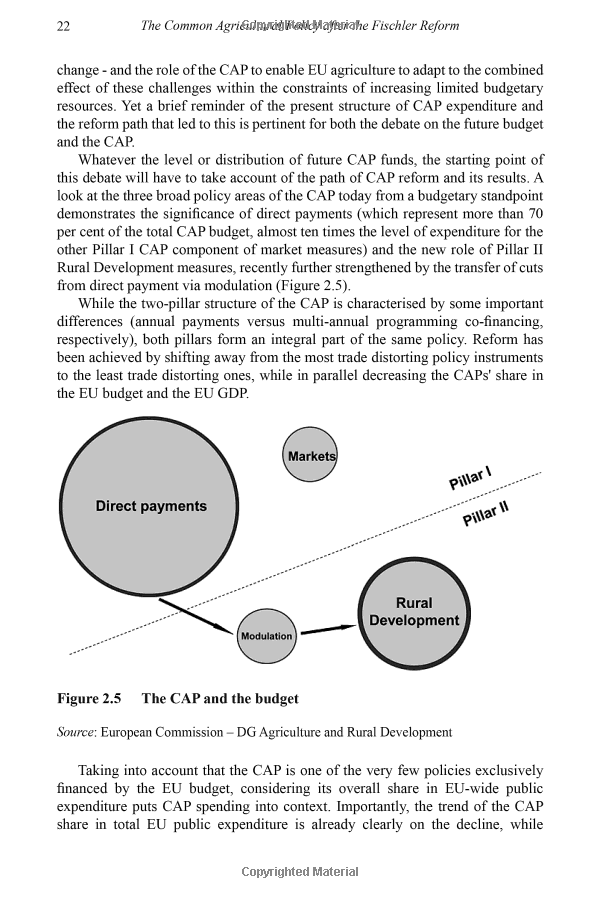Understanding the FAFSA Unsubsidized Loan Rate: A Comprehensive Guide for Students
#### FAFSA Unsubsidized Loan RateThe FAFSA unsubsidized loan rate is a crucial aspect of financial planning for students seeking higher education in the Uni……
#### FAFSA Unsubsidized Loan Rate
The FAFSA unsubsidized loan rate is a crucial aspect of financial planning for students seeking higher education in the United States. Unlike subsidized loans, where the government covers the interest while the student is in school, unsubsidized loans accrue interest from the moment they are disbursed. This means that students are responsible for all the interest that accumulates during their time in school, which can significantly impact their overall debt upon graduation.
#### What is the FAFSA Unsubsidized Loan Rate?
The FAFSA unsubsidized loan rate is determined by the federal government and can vary based on the academic year. For the 2023-2024 academic year, the interest rate for undergraduate students is set at 5.50%, while graduate students face a higher rate of 7.05%. These rates are fixed, meaning they will not change over the life of the loan. Understanding these rates is essential for students and their families as they navigate the complexities of funding higher education.
#### How Does the FAFSA Unsubsidized Loan Work?

When students fill out the Free Application for Federal Student Aid (FAFSA), they may qualify for both subsidized and unsubsidized loans. The unsubsidized loan is available to all students, regardless of financial need. Once a student accepts this loan, they are responsible for paying the interest that accrues during their time in school, during the grace period, and throughout the repayment period.
Students have the option to pay the interest while in school or allow it to capitalize, which means it will be added to the principal balance of the loan. This can lead to a larger total repayment amount, making it critical for students to understand the implications of their borrowing choices.
#### Benefits and Drawbacks of FAFSA Unsubsidized Loans
One of the primary benefits of FAFSA unsubsidized loans is that they provide students with access to necessary funding regardless of their financial situation. This can be particularly helpful for students who do not qualify for subsidized loans. Additionally, these loans offer flexible repayment options, including income-driven repayment plans, which can ease the financial burden after graduation.

However, there are also drawbacks to consider. The accumulation of interest while in school can lead to a significant increase in the total amount owed. Students may find themselves in a challenging financial situation if they do not budget carefully and manage their loan repayments effectively.
#### Strategies for Managing FAFSA Unsubsidized Loans
To manage FAFSA unsubsidized loans effectively, students should consider several strategies. First, they should aim to make interest payments while in school, if possible, to prevent capitalization. Additionally, creating a budget that accounts for loan payments after graduation can help students prepare for their financial future.
Students should also explore loan forgiveness programs and repayment assistance options that may be available based on their career choices, especially in public service sectors. Staying informed about changes in interest rates and loan policies is essential for making educated decisions about borrowing and repayment.

#### Conclusion
In summary, understanding the FAFSA unsubsidized loan rate is vital for students planning to finance their education. By being aware of the interest rates, the workings of unsubsidized loans, and the benefits and drawbacks, students can make informed decisions about their financial future. With careful planning and management, they can navigate the challenges of student debt and achieve their educational goals.